It might seem convenient, but you should not cook inside of a camping tent for a variety of reasons.
From the risk of burning or igniting you camping equipment, to breathing in poisonous fumes, cooking in a tent can be hazardous and dangerous if not done correctly.
So, let’s review the 4 reasons why you should not cook inside of a tent.
1. Carbon Monoxide (CO) Poisoning
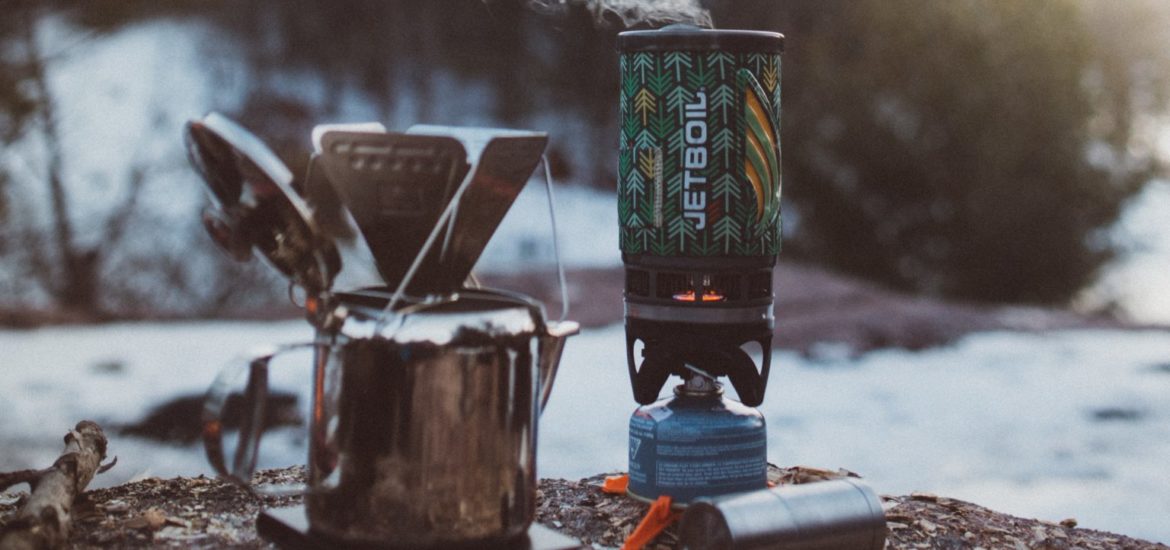
By far the biggest hazard of cooking inside of a tent is the inhalation of poisons fumes from the combustion of stove fuels.
Camp stove fuels such as propane, butane, naphtha, kerosene, diesel, and alcohol are all classified as hydrocarbons.
When mixed at the proper concentration of air, hydrocarbons burn and generate heat, carbon dioxide (CO2) gas and water vapour according to the formula:
C3H8 (g) + 5 O2 (g) = 3 CO2 (g) + 4 H2O (g)
Carbon dioxide gas can displace the air inside of an enclosed space, starving your body of oxygen which can lead to asphyxiation.
However, incomplete combustion of fuels produce carbon monoxide (CO) gas:
C3H8 (g) + 3.5 O2 (g) = 3 CO (g) + 4 H2O (g)
Carbon monoxide is much more dangerous because it is poisonous to the human body. When inhaled, carbon monoxide binds to blood cells more readily than oxygen.
The initial symptoms of carbon monoxide exposure include dizziness, weakness, and shortness of breath. However, prolonged exposure to high concentrations of carbon dioxide can be fatal.
Carbon Monoxide Camping Incidents
The Center for Diseases Control (CDC) reported two incidents in 1999 involving campers, which resulted in the death of six individuals [Reference]. All occupants died due to exposure to carbon monoxide overnight.
The first incident involved a propane gas stove which was brought inside to provide warmth overnight.
The second incident involved bringing a charcoal grill inside of a tent after it was used for cooking to provide warmth overnight.
Between 1990 to 1994, an annual average of 30 deaths occurred inside of tents and campers [Reference].
Prevention
According to the CDC, the key lessons-learned from these incidents [Reference] are as follows:
- Fuel-burning equipment such as camping stoves, camping heaters, lanterns, and charcoal grills should never be used inside a camping tent, camper, or other enclosed shelter
- Opening tent flaps, doors, or windows is insufficient to prevent build-up of CO concentrations from fuel-burning equipment
- When using fuel-burning devices outdoors, the exhaust should not vent into enclosed shelters
2. Fire and Heat Damage
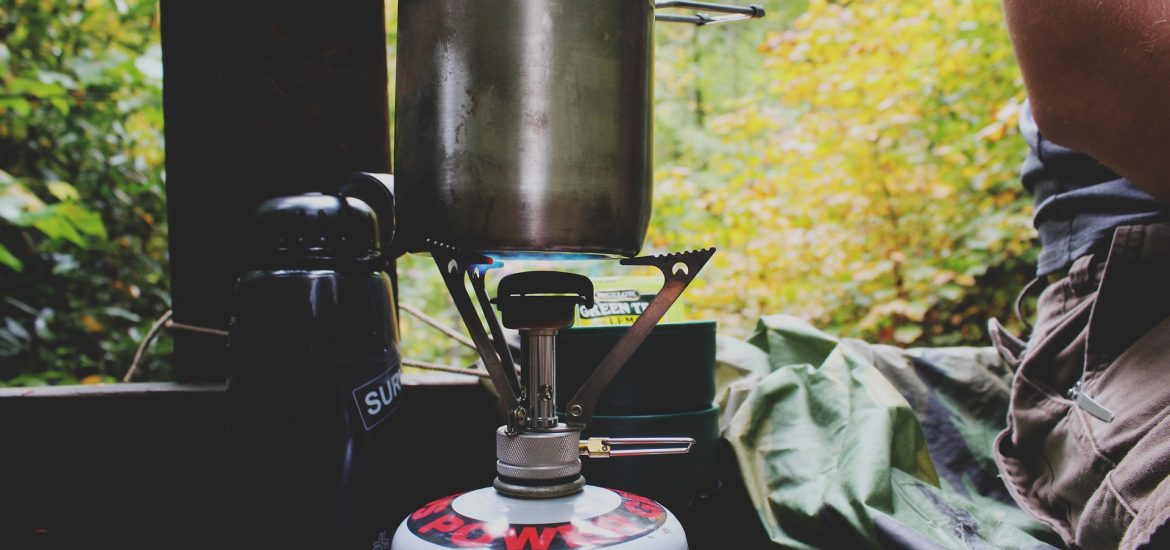
Risk of Tent Fire
In a worst case scenario, your tent, sleeping bag, or other fabric material can catch fire. And, a tent fire can quickly turn into a serious, life-threatening situation.
Tent manufacturers typically follow flammability guidelines to ensure their equipment can withstand someexposure to heat and flame. However, not all tents are build with fire retardants.
In fact, some manufactures have phased-out fire retardant chemicals, since they are carcinogenic, and are incorporating alternative technologies for fire suppression.
For more information about flame resistant tent materials and the use of fire retardants, check out this helpful article [Link].
Burned or Melted Fabric
In a less serious scenario, your tent or other equipment can burn or melt under the intense heat. Damaged floors or walls can reduce the weather rating of your tent, exposing you to the elements.
If you do end up damaging your tent, you can easily repair holes yourself. Check out my DIY Tent Repair article for step-by-step instructions and videos!
Skin Burns
Operating a camp stove in the confined space of a tent can lead to injury. This is especially true with a large number of tent occupants, or younger campers, who might not be careful when handling hot surfaces.
Treating a burn while camping can be challenging. There is increased risk of infection, so it’s best you keep hot items like stoves and pans well clear of confined spaces such as tents.
3. Moisture Accumulation
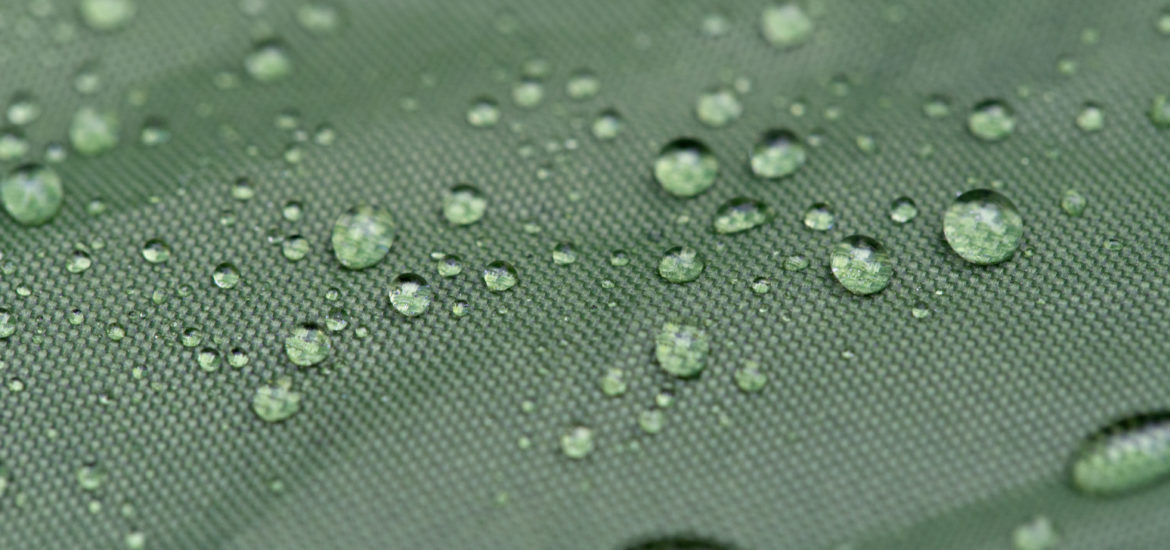
It might seem odd, but water vapor is a product of the combustion of hydrocarbons. And the actual amount of water vapor that is produced can be a substantial.
For example, for every 1 gram of propane that burns, 1.63 grams of water is produced.
That means, overtime, a propane stove running in a tent will produce a lot of water vapour, in addition to the steam released from cooking food. That water vapor can condense on fabrics ultimately leading to a water-logged tent.
And, if it’s particularly cool outside, the vapor can freeze on contact with camping equipment. It can also leave your body feeling chilled which is never good if you’re winter camping.
4. Attracting Wild Animals
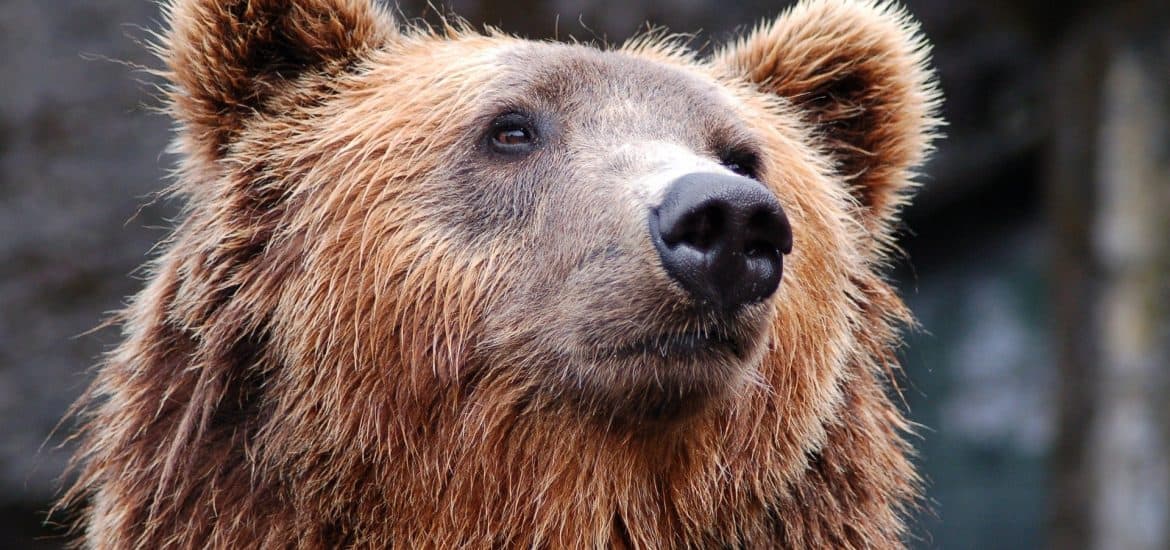
One of the first rules of camping is never bring food inside of your tent. Food tends to attract animals, from small rodents such as mice to larger mammals such as coyotes and bears.
These wild animals have a keen sense of smell. They can follow even the faintest scents from miles away. And a hungry coyote or bear can be very dangerous.
Well, cooking in a tent releases all sorts of scents into the air. These invisible scent molecules can coat the inside of your tent, turning into a homing beacon for hungry animals.
So, rather than unknowingly putting yourself at risk for a wildlife encounter, it’s best to:
- Cook far from your tent and sleeping area, at least 100 yards
Trust me, a beacon breakfast in bed isn’t quite the same if you’re forced to share it with a determined brown bear…
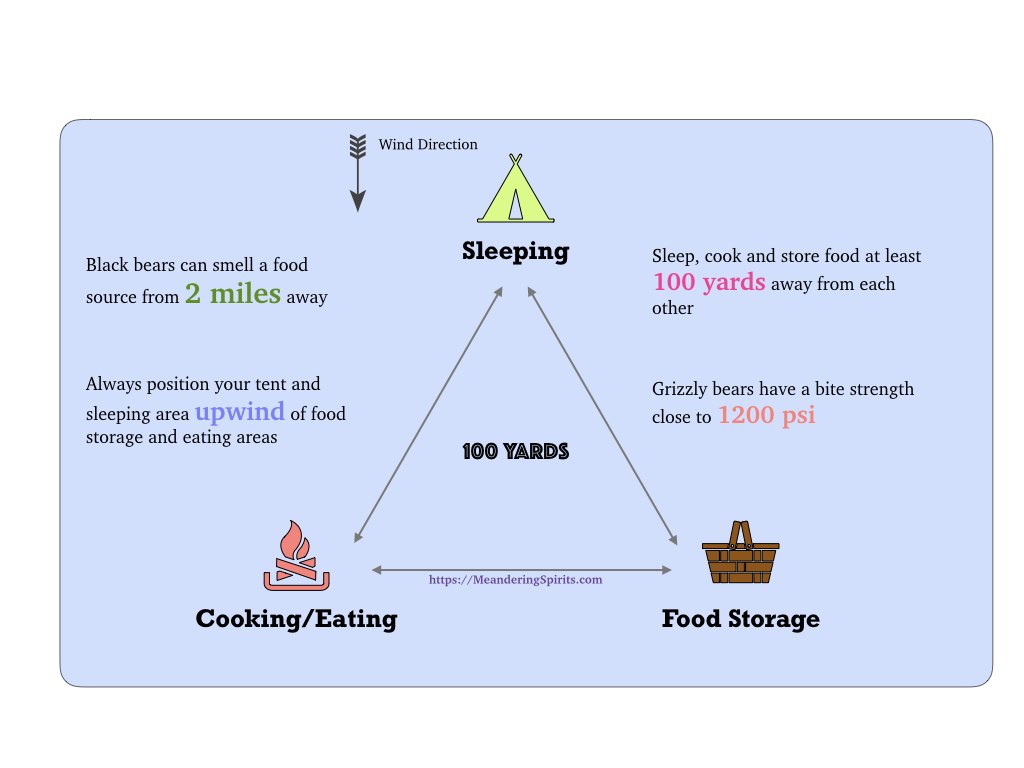
This article contains affiliate links, which help support this blog at no cost to you!

It is no fun trying to cook outside a tent in Alberta wind. It is impossible in winter wind. There are 102 posts on the internet advising backpackers, “no cooking in your tent.” Therefore most backpackers are at home waiting for good enough weather so they could endure cooking outside. This cooking outside the shelter idea must have come from California, not from the indigenous people of Alberta who cooked inside their tipi for 1000’s of years. It is easy to carry a 12oz chimney . Burning a tiny bit of wood in a tiny stove. With a chimney backpacking is enjoyable any day of the year. For a trial, those who forbid brewing coffee in a tent should brew it outside the tent everyday for a few weeks In winter, even summer. They maybe think some days, chimney inside.
If a bear comes to visit while you are cooking and eating, the safest place to be is inside your tent watching the bear through a peek vent you have on each side. It is best if your shelter sides are not connected to a floor so you can raise any side to cool off or spray a bear.
While he sleeps a backpacker should have a trip string surrounding his camp connected to a tiny very loud battery powered alarm.
To keep a packers bedding on his sleep pad and dry and free from invading rodents he could use a waterproof tarp 5’x9.5’. Gather each end and hang it from something above. This gives him a bag with 20” sides. He may want to reduce the side height.